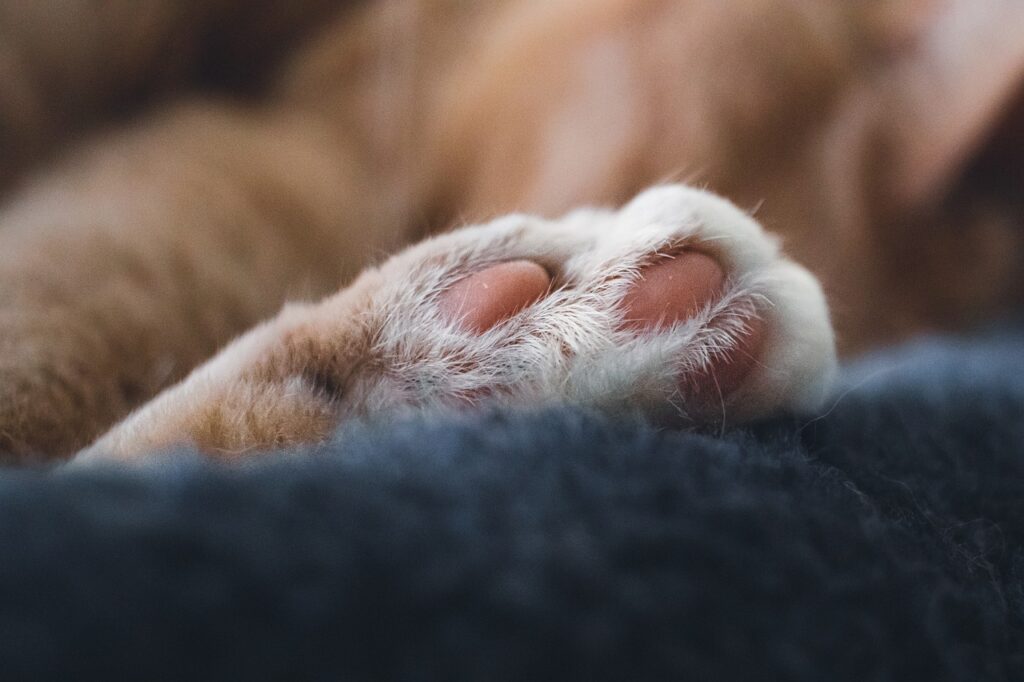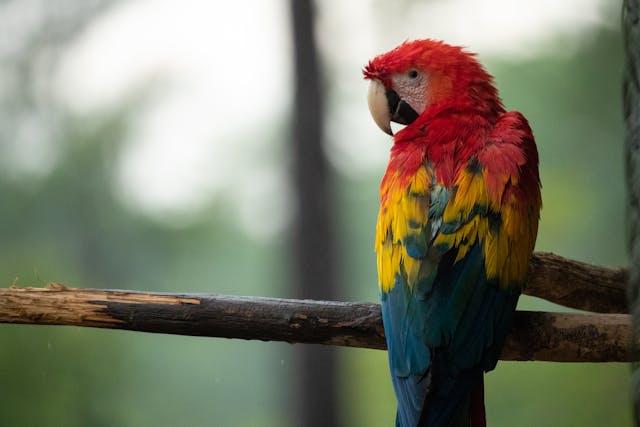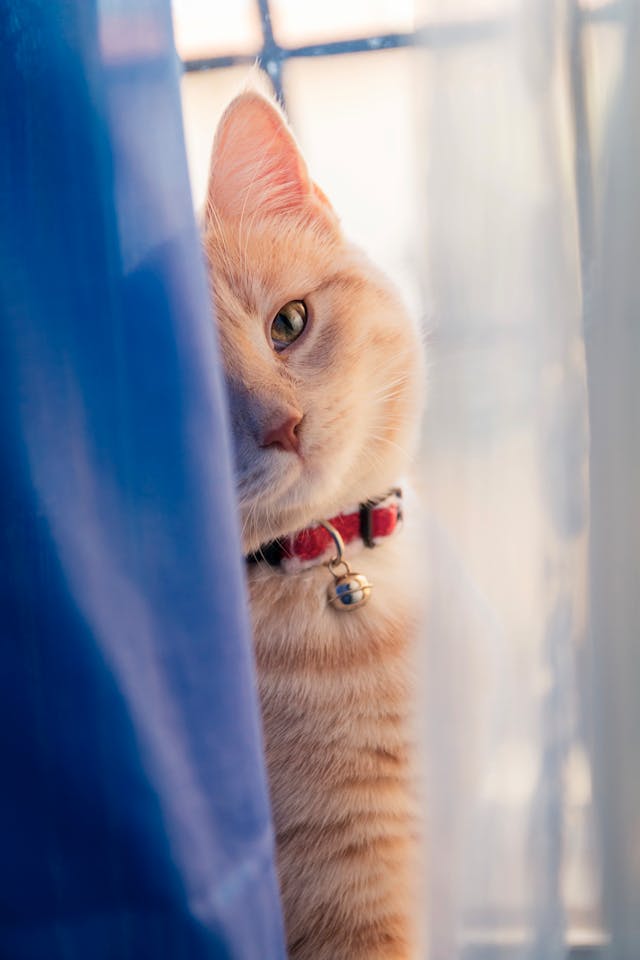Fascinating animals, cats depend much on their claws in daily life. From hunting and climbing to self-defense and grooming, cat claws are multifarious instruments vital for their survival and well-being. Knowing how cat claws function helps one to better appreciate the special characteristics that enable felines to be such effective and nimble hunters. This blog post will discuss the anatomy, purpose, and maintenance of cat claws, stressing their significance and the amazing physics underlying them.
1. Retractable claws
2. Anatomy of cat claws; purposes of cat claws
3. Claws’ Use in Hunting and Climbing
4. Grooming and Self-Defense
5. Claw Maintenance and Health
6. Claw Trimming Advice; Declawing and Its Consequences
Anatomy of Cat Claws
Keratin, a strong protein, makes up cat claws; this same substance forms human nails and hair. Designed for grabbing and shredding, cat claws are curved and sharp unlike human nails. Attached to the end of a cat’s toe bone, each claw has a retractable mechanism enabling the cat to lengthen or retract its claws as required. Among the defining traits of the feline family is this unusual quality.
The claw has many layers. Tough, protective keratin makes up the exterior layer; the inner layer, sometimes known as the quick, has blood vessels and nerves. The rapid nutrients provide for the claw and, should be severed, can cause bleeding and agony. Cats periodically shed their outer covering to expose a new, sharper claw under, therefore this mechanism guarantees that the claws stay sharp and useful.
Use of Cat Claws
Crucially important to a cat’s survival and well-being, cat claws serve several purposes.
Hunting- Holding onto and grabbing prey calls for claws. The sharp, curved form of the claws helps cats to securely grab their target, therefore stopping escape.
Cats are naturally inclined climbers; their claws give the required grip to scale fences, trees, and other vertical surfaces. Not only is this capacity crucial for hunting, but it also helps one flee predators.
In confrontations, cats defend themselves with their claws. Extended claws on a swipe help the cat avoid possible hazards and guard from damage.
Cats brush and scrape themselves using their claws. Scratching keeps a coat healthy and tidy by helping to eliminate dead skin and old fur.
Claws are important for a cat’s communication. Scratching surfaces leaves visible and olfactory cues indicating territory limits to other cats.
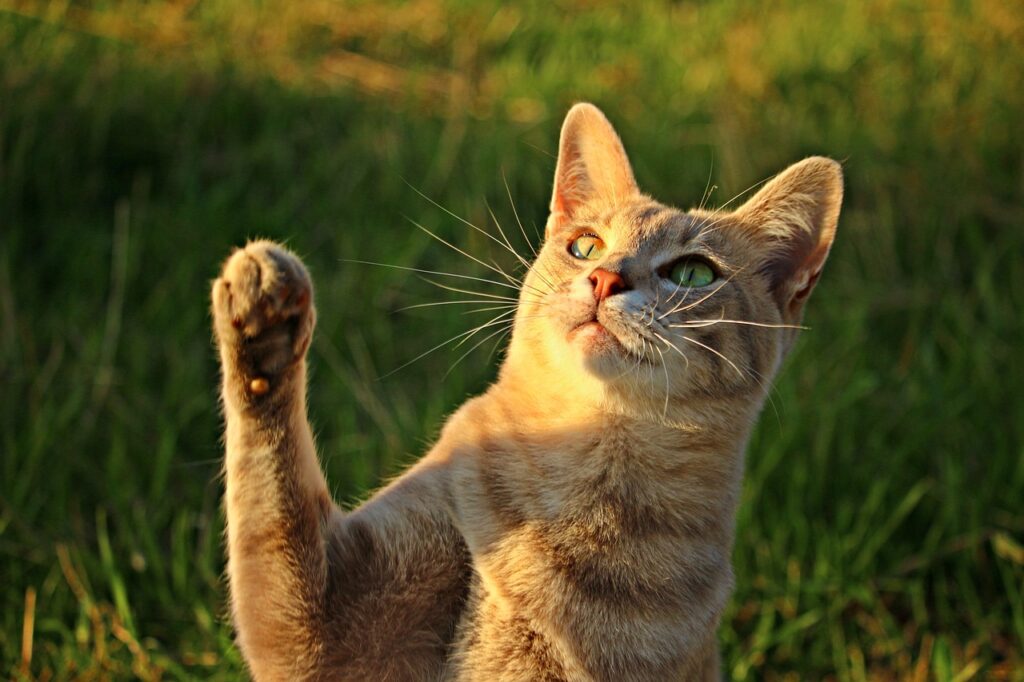
Retractor Claws
Retractability of cat claws is among their most amazing features. Unlike dogs, whose claws are always out there, cats can hide their claws when not in use. A sophisticated system of muscles, tendons, and ligaments controls this capacity.
A cat contracts a tendon pulling its claws forward and down when it wants to expand them. The tendon relaxes and the claw is retracted back into a sheath of skin and hair, therefore preserving its sharpness and protection when it is not required. Crucially for stalking prey, this retractable mechanism lets cats move silently and lessens strain on their claws.
Claws’ Part in Hunting and Climbing
Cats are excellent hunters, hence their claws are absolutely essential in this sense. The pointed, hooked form of the claws helps cats to precisely grab and cling onto prey. The claws of a small mouse or a bird enable a strong hold, therefore stopping the prey from fleeing. Often aiming at the neck or spine of the prey, the claws also provide a quick, fatal hit.
Another vital ability for cats is climbing; their claws give the required friction. The curled character of the claws enables the cat to latch onto surfaces, therefore offering stability and support as it climbs. Not only is this capacity vital for hunting, but it also helps one flee possible dangers. Often climbing trees or other tall buildings, cats do this to avoid predators or acquire a better view for locating prey.
Hygiene and Personal Safety
Every day activities for a cat depend on grooming, and claws are rather important for this process. To help keep a healthy coat, cats scratch and remove loose fur and dead skin with their claws. Scratching also increases proper blood circulation by working muscles and skin. By shedding the outer layers and exposing fresh, sharper claws under, scratching also helps to maintain the claws themselves in good shape.
Regarding self-defense, one of a cat’s main tools are claws. A cat may inflict major damage on an assailant by delivering forceful swipes with its claws when threatened. The retractable character of the claws guarantees their constant sharpness and ready availability when required. For both domestic and wild cats, this self-defense mechanism is essential since it lets them guard themselves against additional dangers including predators.
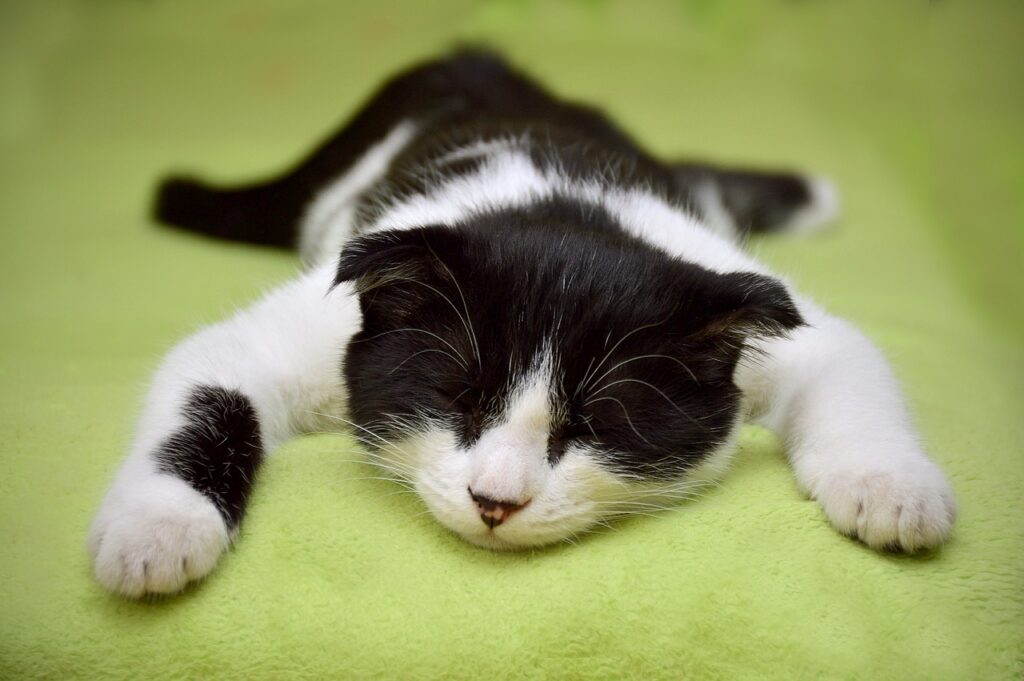
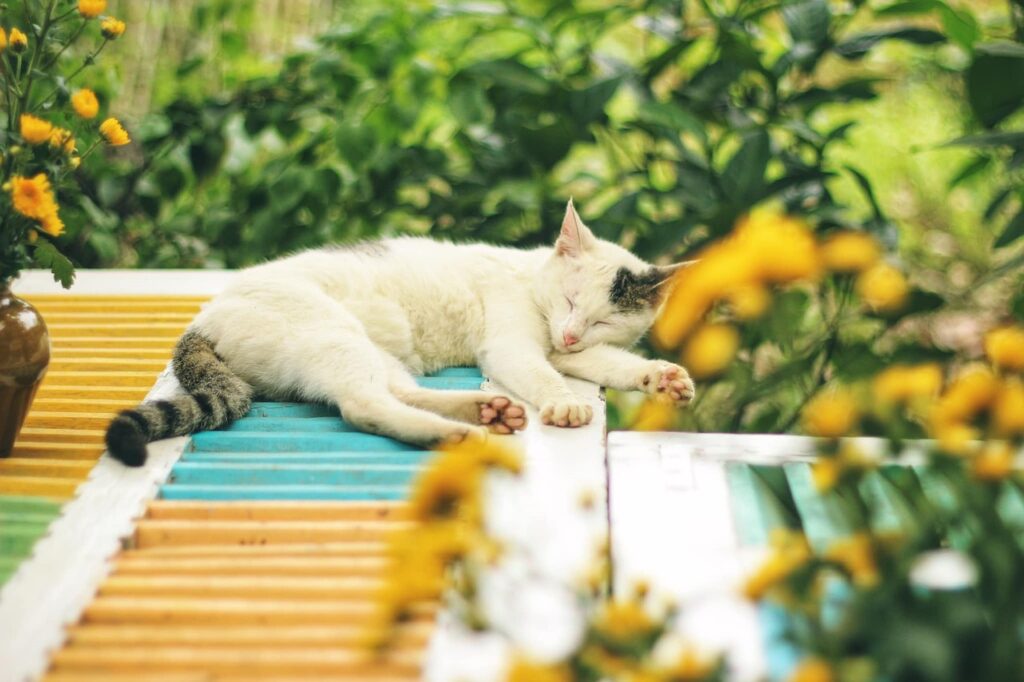
Claw Maintenance and Health
The health and welfare of a cat depend on appropriate claw upkeep. Inappropriate or even infectious overgrown or damaged claws can cause discomfort. One can assist avoid such problems by routinely checking and cutting the claws. Using appropriate tools, including cat-specific nail clippers, and avoiding cutting the quick—which could cause blood and pain—are crucial.
Giving suitable scratching surfaces—such as pads or scratching posts—helps also preserve good claws. Cats may naturally wear down their claws and shed the outer layers on these surfaces. Giving these outlets for scratching also helps to stop cats from ruining furniture and other domestic objects.
Tips for Trimming Claws
Though it can be difficult, trimming a cat’s claws can be accomplished successfully with patience and the correct technique. These guidelines can help you to clip your cat’s claws:
1. *Right Time*: Trim your cat’s claws while it is calm and relaxed, perhaps following a meal or play session.
2. *Know the Correct Tools*: Use scissors or nail cutters designed for cats. Human nail cuters can split the claws and harm them.
3. *Familiarize Your Cat* : Train your cat to accept handling of its paws. Before trying to clip the paws, gently massage them and stretch the claws.
4. *Identify the Quick*: Comprising blood vessels, the pink portion of the claw is its quick. Steer clear of cutting right away since it can result in blood and pain.
5. *Trim a Little at a Time*: If you’re not sure, cut only the tips of the claws. . You can always cut later, should necessary.
6. Rewards: Treats and compliments will help your cat to have a good experience.
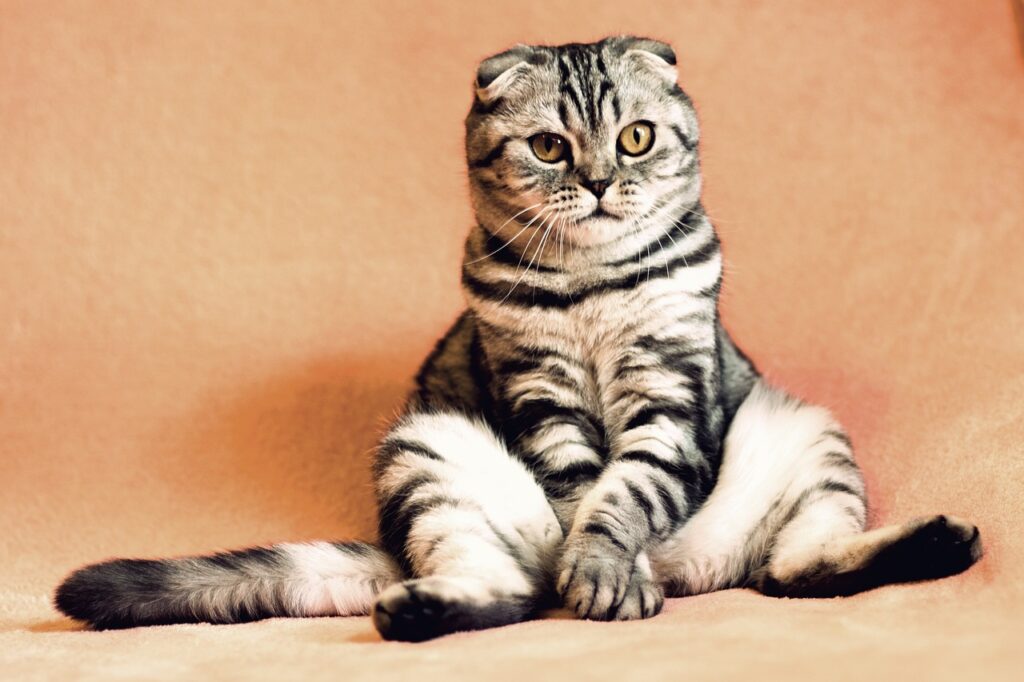
Dealing and Its Consequences
Declawing is a contentious operation whereby a cat’s claws are surgically removed. This operation is not a simple nail trim but an amputation of the final bone of every toe, hence one should be aware of the consequences. Long-term health and behavioral problems including pain, lameness and more aggression can result from declawing.
Many veterinarians and animal welfare groups vehemently oppose declawing and support alternate treatments including frequent claw trimming and provision of suitable scratching surfaces. Declawing is forbidden or highly restricted in several nations and areas because of the possible damage to the cat.
Conclusion
Amazing structures that are absolutely essential for daily life for cats are their claws. From grooming and self-defense to hunting and climbing, claws are multifarious instruments vital for a cat’s survival and well-being. Knowing the anatomy and purpose of cat claws as well as the need of good maintenance will assist to make sure our feline companions stay happy and healthy.
Our cats will be able to flourish and show their natural instincts if we give them suitable care and knowledge the natural behaviours connected with using claws. Learning about cat claws can help you to appreciate these amazing animals and their special adaptations, regardless of your level of experience with cats or new ownership of one.

